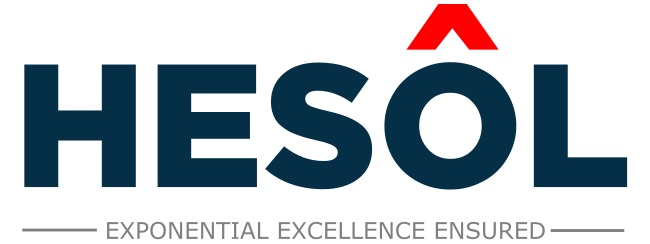- August 27, 2018
- Posted by: Hesol Consulting
- Categories: Internet of Things, Supply Chain

The business case deals with a supply chain that is based out of a village in Gujarat. The villager milk and breed cows. The milk gets deposited in the milk bank from where it is collected and then moved to the processing unit. In the processing unit the milk gets processed and are then moved to the CFA as dairy products as well as to sale as milk. From the CFA they are moved to the distributors and then to the retailer.
The milk takes care of the demand of the local villagers as well as that of local restaurants who buys the product in bulk. The remaining amount is sent to the processing units.
Steps: –
- Using scor model to map the entire process of planning, sourcing, processing, delivery and the return.
- Using Value stream mapping to map the entire supply chain in detail.
Tools for Identifying the Bottleneck: –
This step has helped us to identify the upstream issues as well the downstream issues associated with the supply chain as discussed above.
Downstream Issues: –
- Distribution- For distribution the issue was associated with transportation, that is when the product was being transported from one place to another. They were solved using traditional methods like providing on time availability of products.
- Inventory- For Inventory the issue was associated with warehousing and all these issues were solved using best practices of warehouse management.
- There was another issue that was associated with all stages beginning from the processing stage to the delivery. It was caused due to temperature variation that has caused change in quality of milk that resulted in rejection of lots. It was fixed by making use of IOT.
Upstream Issues: –
There were large number of upstream issues. However, with multiple prioritization we determined two main issues that were causing the maximum damage.
- Quality of Fodder
- Veterinary problems in cows
Due to the veterinary problem the milk quality of the cows deteriorates and is not par as what is expected. When that low-quality milk gets mixed with other lots the rejection happens in lot basis.
Solutions Provided: –
- We used two sensors. One sensor was used to track the body vitals of the cow. Each cow was given a particular identification, and these sensors were implemented. The second sensor was used to check the quality of the fodder. Labs were set up so as to check the fodder on lot basis. These sensors acted as a 24/7 tracking system.
- We used specific flags and protocols in the sensors such that data from the sensor flowed to the simulation tool that we have built where the right flags in the form of red flagging, a beep or a report was provided to the right stakeholder.
- Based on that information we were able to decide which all cows were not ready for milking so as to ensure the bad lot does not mix with the good milk.
- For fodder quality we determined the issues and started rejecting them. We also worked with the vendors so as to ensure the bad lots are not used for the cattle. By implementing these methods, we were able to fix the upstream issues.
- For fixing the downstream issue that was associated to temperature changes we used RFID and sensor that tracked all important characteristic features of the milk after the milk was processed and the information was send to the simulation tool. This helped us to find out the issues and we were able to fix it.

